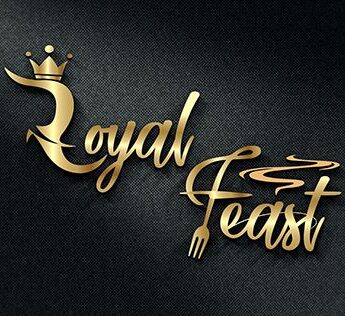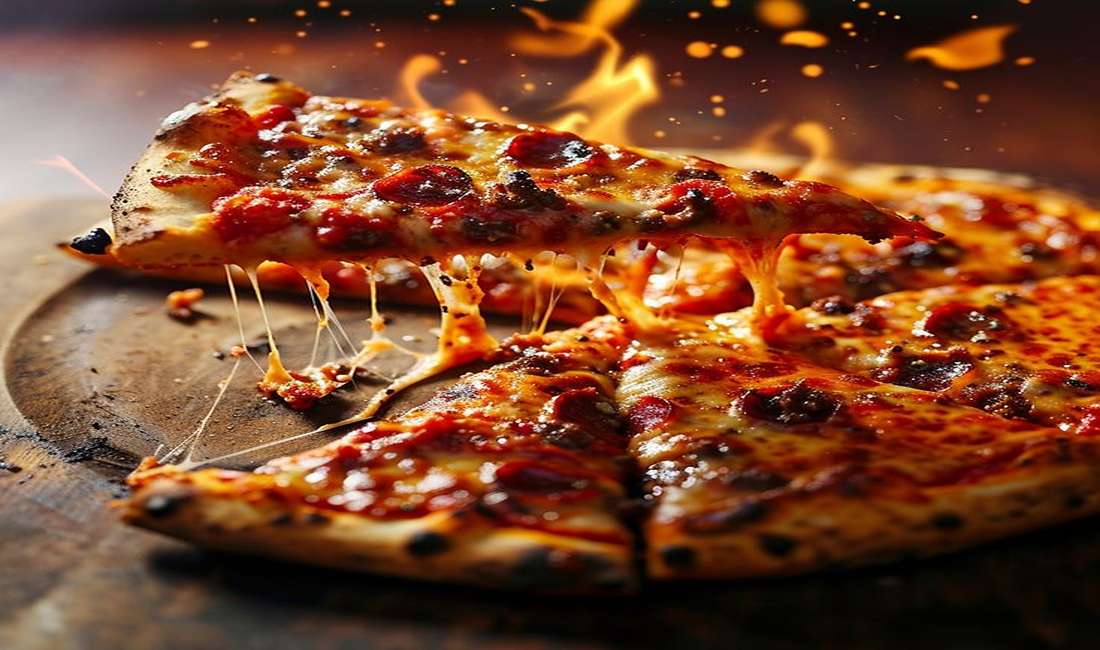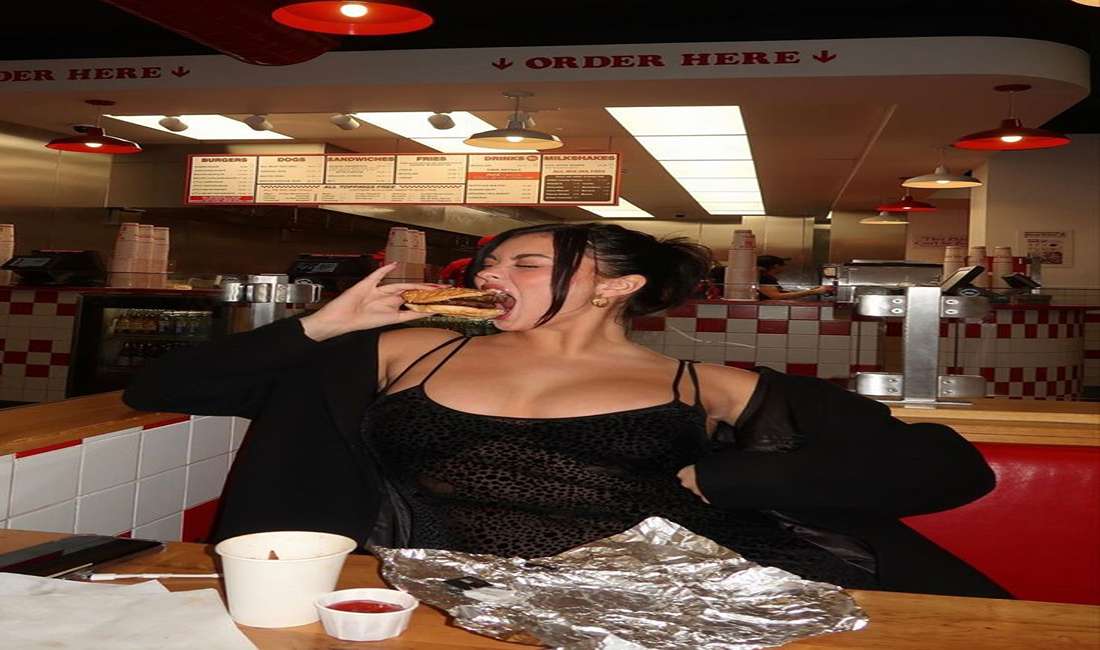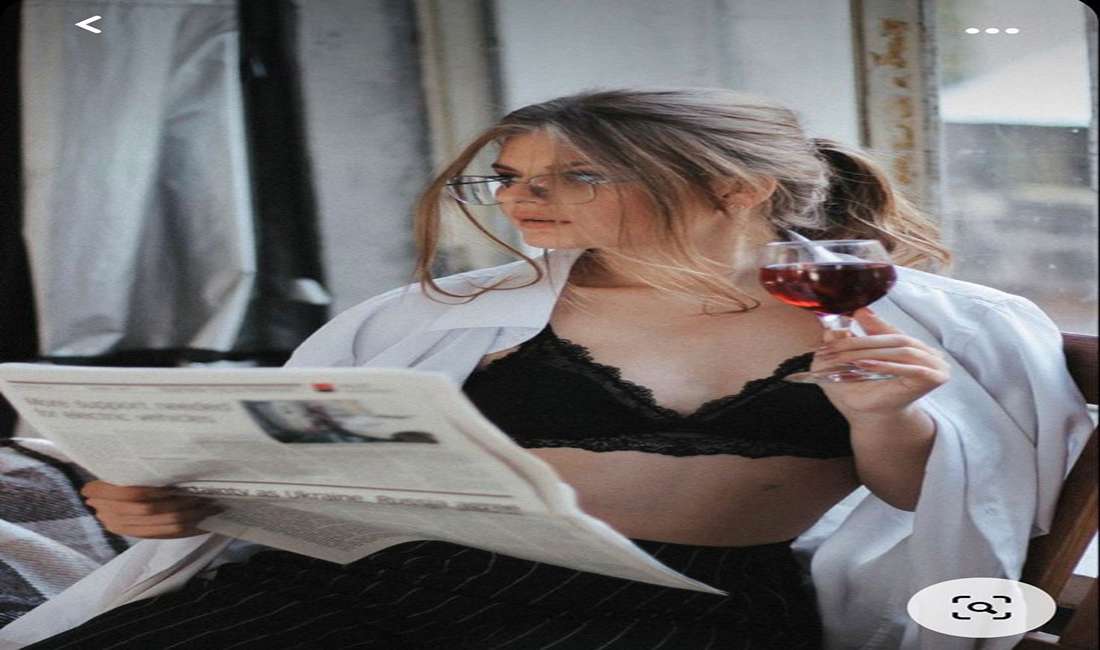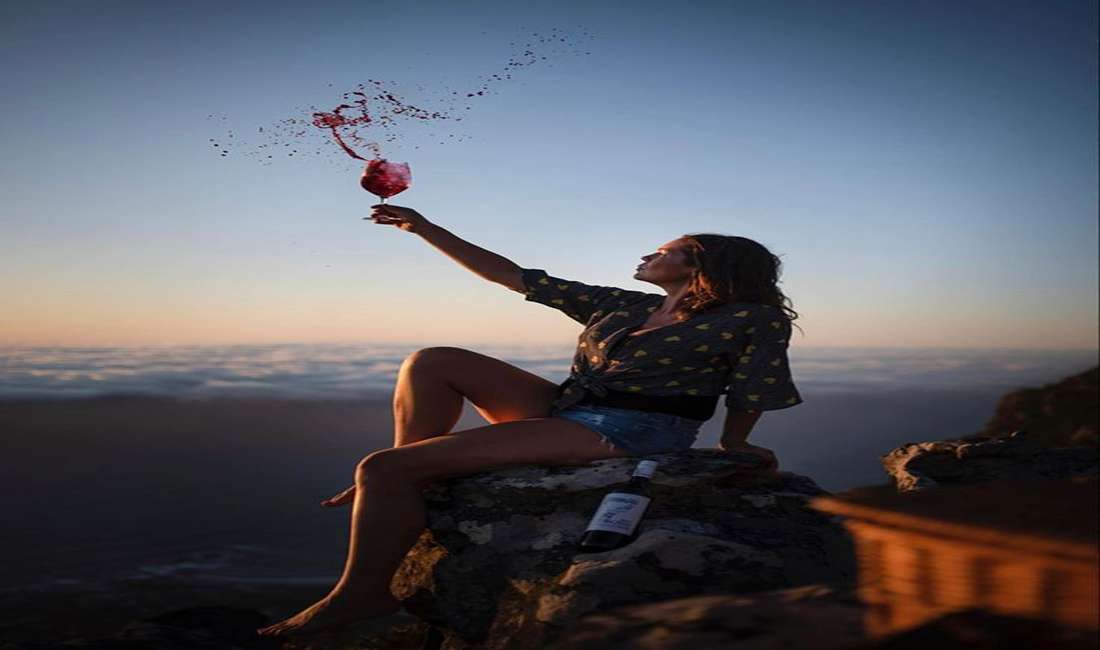
Long synonymous with celebration and luxury, sparkling wine has long since outgrown the special occasion confines. With its effervescent charm, diverse flavor profiles, and adaptability, sparkling wine is experiencing a renaissance that has captured the hearts of wine enthusiasts worldwide.
sparkling wine
The origin and history of sparkling wine date back to the 16th century. This wine was later known as Champagne, where France was born. Due to its unintended fizz as a failure in winemaking, the sparkling wine evolved into a symbol of sophistication and celebration. Winemakers who were monks, such as Dom Pérignon, perfected it and paved the way for the sparkling wines that we love today.
Not a French invention per se, there is quite some history to bubbly in Italy, going as far back as ancient Rome itself. Lightly sparkling wines have had a tradition all these years and prosecco one of the best-selling wines in the world today began in the region of Veneto and has its history all to itself. Spain’s Cava and Germany’s Sekt are the manifestations of how different places evolved their versions of sparkling wine and added their individuality to the global tapestry of effervescence.
The Science of Sparkle
Carbon dioxide is responsible for the characteristic fizz of it. Several methods of creating effervescence can achieve this:
The bottle has a second fermentation, and the bubbles are fine and persistent. The premium sparkling wines are Champagne and Cava.
Tank Method (Charmat): Ferments the wine in large tanks before bottling, giving fruitier and lighter sparkling wines such as Prosecco. It is faster and less expensive than the traditional method, making it ideal for large-scale production.
Carbonation: The simplest process, by which carbon dioxide is added directly to the wine, creating larger, more fleeting bubbles. Not as traditional as the other processes, this one is often utilized for more modestly priced bubblies.
Each process contributes to the flavor, texture, and overall quality of the wine, so consumers have a selection of options for their taste buds and wallets.
Types of Sparkling Wine
Sparkling wine is a global phenomenon, with unique expressions from various regions:
Champagne. It comes only from France, specifically its Champagne region, with a reputation for complexity, elegance and aging potential. Of the major styles, Brut is the driest, Rosé is made from red grapes, and Blanc de Blancs is entirely from Chardonnay.
Prosecco. Prosecco comes from Italy. For those who prefer lighter, fruitier wines, especially as an aperitif, Prosecco is a perfect match, considering it is inexpensive and pairs well with a wide range of foods.
Cava: The Spanish version of Champagne, Cava presents quality at a slightly more affordable price. Traditionally made, it often tastes citrusy, almond-like, and toast-like.
Sparkling Rosé: It is one of the most popular drinks these days, combining the crispness of sparkling wine with the fruity notes of rosé. Its beautiful pink color makes it perfect for celebrations and romantic occasions.
Other Regional Varieties: There are The United States, South Africa, and Australia that have embraced sparkling wine, with each country having its own style that represents its terroir. California’s style for sparkling wines tends to be ripe fruit flavors, while South Africa’s Cap Classique is set to balance fruit with acidity.

The Art of Pairing
It is probably one of the most versatile wines one can pair with so many different dishes. Acidity and bubbles are tremendous cutting agents, and the wine can cut through rich and fatty foods, making it a killer match for fried chicken, oysters, or pasta served with high cream intake. As a Brut Champagne, it’s great for pairing with sushi and sashimi. For fruit tarts and panna cotta, a Moscato d’Asti will be amazing.
The more adventurous will enjoy even their simplest meals, using a glass of Prosecco for pizza and fried appetizers to give a taste of elegance to these otherwise rather ordinary dishes, while sparkling rosé perfectly combines with grilled salmon or roasted vegetables. All that’s possible new taste sensations and the freedom to indulge in new adventures.
Trends in Sparkling Wine
Recent years have seen a surge in the popularity of sparkling wine. This is a result of changes in consumer preferences and innovative winemaking techniques. Among the trends identified are the following:
Year-Round Enjoyment: Sparkling wine is no longer a drink that is only taken for toast and New Year’s Eve. Consumers have increasingly realized that it is very versatile and affordable, making it a staple for everyday celebrations.
Sustainability is an attractive route to a consumer interested in sustainability; indeed, some are already organic or biodynamic in production. A label with words like “sustainable” or “organic” will drive further sparkling wines with a larger message around ethical consumption.
Sustainable packaging includes can and small-bottle sparkling wines targeting consumers’ fast-moving lifestyle, convenience, and on-the-go habits, ideal for single, individualized servings and often adopted by the youth, who see them as fashionable, fun and accessible.
Rosé Revolution: The demand for rosés is increasing and now extends to the sparkling rosés. Producers go through the procedure of experimenting with new blends and styles. For old and new wine lovers, sparkling rosé is an appealing symbol of modern sophistication.
Exploration of Terroir: The winemakers are paying much attention to their specific characteristics in their regions, which has resulted in it that show the characteristics of their local climate, soils, and grape varieties. This has led to a renaissance of lesser-known regions for sparkling wine, providing an opportunity for the consumer to try diverse flavors and styles.
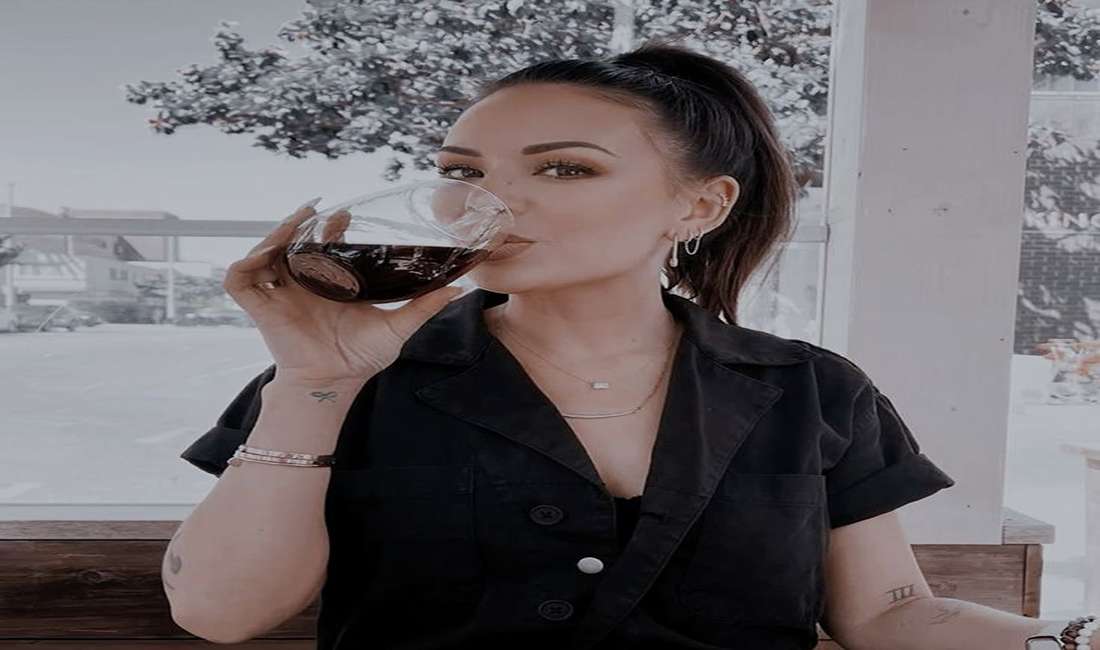
Sparkling Wine and Culture
Deeply entrenched in culture and tradition, it symbolizes happiness whether to celebrate a wedding anniversary, sports victory, or corporate milestone. In recent times, pop culture space has also opened up to the effervescent, from its appearance in films, music, and social media as a symbol of luxury and indulgence. Types Prosecco Champagne Cava Crémant Moscato d’Asti Sekt
While that is happening, wine tourism brought a spotlight onto bubbly wine territories. It is now easy to visit the Champagne region, Prosecco Hills, or Catalonia in pursuit of authentic experiences, from visiting wineries, tasting, and gastronomic food pairings, to more reflective explorations into the work involved in each bottle, which fosters interest in the making of each and every bottle that makes it to the glass.
The Future of Sparkling Wine
The future of it’s just as dynamic as the world of wine itself. It continues to grow in emerging markets of Asia, Africa, and South America, as technology advances and what is possible is constantly pushed by new advancements in winemaking. Low-alcohol and zero-alcohol sparkling wines continue to grow, meeting the demand of health-conscious consumers without a loss in flavor or experience.
In addition, chefs are collaborating with winemakers to create innovative pairings and food innovations that demonstrate how versatile . The sparkling wine suits both the refined gourmet tasting menu and casual Sunday brunch.
Conclusion
The world of sparkling wine is vast, rich, and alive. From humble beginnings as a serendipitous byproduct of fermentation to becoming an icon globally, It has won over the hearts of many generations with its effervescence and elegance. Whether it’s Champagne served at a wedding, Prosecco at a picnic, or some new regional variety, the magic of sparkling wine can always elevate a moment. Its growing accessibility and diversity ensure there is a sparkling wine for everyone, for any given occasion. With its rich history, dynamic present, and promise of a brighter future, sparkling wine is indeed the best expression of the artistry of winemaking and the pleasure gained from it.
